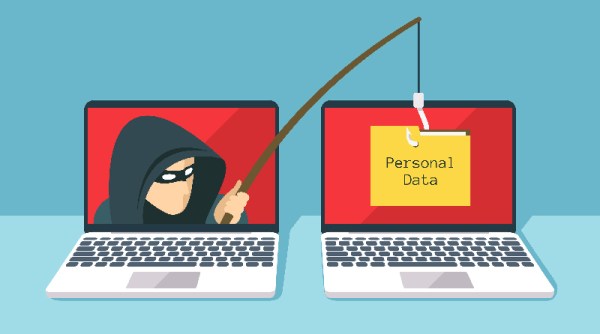From the gaping maw of the infosec Twitterverse comes horrifying news. PGP is broken. How? We don’t know. When will there be any information on this vulnerability? Tomorrow. It’s the most important infosec story of the week, and it’s only Monday. Of course, this vulnerability already has a name. Everyone else is calling it eFail, but I’m calling it Fear, Uncertainty, and Doubt.
Update: eFail site and paper now available. This was released ahead of Tuesday’s planned announcement when the news broke ahead of a press embargo.
Update 2: The report mentions two attacks. The Direct Exfiltration attack wraps the body of a PGP-encrypted email around an image tag. If a mail client automatically decrypts this email, the result will be a request to a URL containing the plaintext of the encrypted email. The second attack only works one-third of the time. Mitigation strategies are to not decrypt email in a client, disable HTML rendering, and in time, update the OpenPGP and S/MIME standards. This is not the end of PGP, it’s a vulnerability warranting attention from those with a very specific use case.
Update 3: Hackaday has published an in-depth explanation of how eFail works which details the scope of the vulnerability.
[Sebastian Schinzel] announced on Twitter today he will be announcing a critical vulnerability in PGP/GPG and S/MIME email encryption. This vulnerability may reveal the plaintext of encrypted emails. There are currently no fixes — but there’s no proof of concept, or any actual publication of this exploit either. The only thing that’s certain: somebody on Twitter said encrypted email is broken.
The EFF has chimed in on this exploit and advises everyone to immediately disable and uninstall tools that automatically decrypt PGP-encrypted email. It also looks like the EFF came up with a great little logo for eFail as well so kudos on that.
While there are no details whatsoever concerning eFail aside from a recommendation to not use PGP, a few members of the community have seen a pre-press of the eFail paper. [Werner Koch] of GnuPG says eFail is simply using HTML as a back channel. If this is true, PGP is still safe; you just shouldn’t use HTML emails. If you really need to read HTML emails, use a proper MIME parser and disallow access to external links. It should be noted that HTML in email is already an attack vector and has been for decades. You don’t need to bring PGP into this.
Should you worry about a vulnerability in PGP and email encryption? Literally no one knows. European security researchers are working on a publication release right now, but other experts in the field who have seen the paper think it’s not a big deal. There is no consensus from experts in the field, and there is no paper available right now. That last point will change in a few hours, but for now eFail just stands for Fear, Uncertainty, and Doubt.














